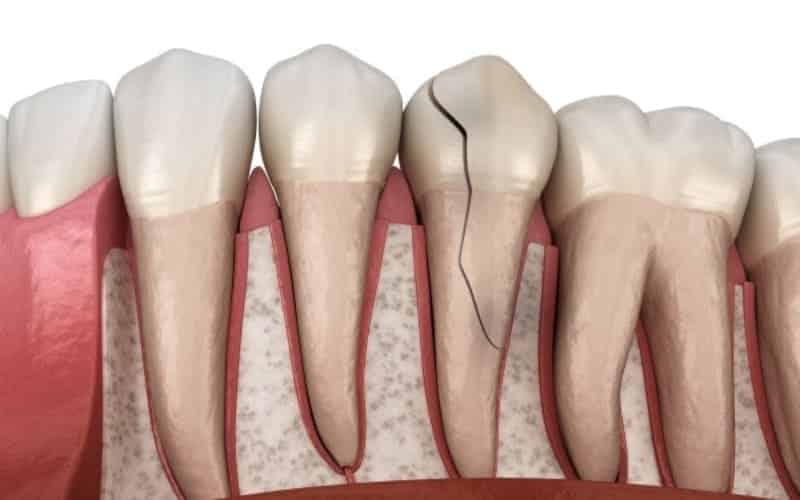
Are you tired of hiding your smile because of discolored teeth? If so, you’re not alone. Many people desire a brighter, whiter smile, but traditional teeth-whitening methods can be expensive and sometimes cause sensitivity. Fortunately, there’s a natural and budget-friendly solution that might surprise you: teeth-whitening foods.
In this beginner’s guide, we’ll explore what teeth whitening foods are, how they work, and why they’re gaining popularity as an alternative to commercial whitening products. We’ll also delve into some lesser-known facts and answer common questions about this intriguing topic.
What Are Teeth-Whitening Foods?
Teeth whitening foods are natural, edible items that can help brighten your smile by removing surface stains and promoting overall dental health. Unlike harsh chemical whitening treatments, these foods work gently and gradually to improve the appearance of your teeth.
Types of Teeth Staining and its Causes
There are many different types of tooth staining, and each type has its own unique cause. Some of the most common types of tooth staining include:
- Extrinsic staining: This kind of staining occurs due to substances that discolor the outer surface of the tooth, such as coffee, tea, red wine, tobacco, and specific fruits and vegetables. Extrinsic staining is usually the easiest type of staining to remove.
- Intrinsic staining: This type of staining occurs due to substances that discolor the inner layers of the tooth, including tetracycline antibiotics, fluoride, and trauma. Intrinsic staining is more difficult to remove than extrinsic staining.
- Age-related staining: This type of staining occurs when the enamel naturally breaks down, revealing the underlying dentin. Dentin is naturally yellow, so age-related staining can make teeth appear yellow or brown.
- Medical conditions: Certain medical conditions, such as celiac disease and iron deficiency anemia, can also cause teeth staining.
How Teeth Whitening Foods Work
Teeth-whitening foods contain specific compounds and nutrients that combat staining and promote a healthy mouth environment. For example, crunchy fruits and vegetables like apples and carrots act as natural abrasives, helping to scrub away plaque and surface stains when chewed.
Furthermore, foods high in malic acid, such as strawberries and pineapple, can help break down stains and brighten teeth. Additionally, dairy products like cheese and yogurt contain lactic acid, which may help strengthen enamel and prevent staining.
Top 10 Teeth-Whitening Foods to Incorporate into Your Diet
The top 10 teeth-whitening foods that you can easily incorporate into your diet. These foods are not only delicious but also packed with nutrients that can help brighten your smile naturally. And hey, I’ll even throw in some sources to back up these claims!
- Strawberries: Yep, those sweet, juicy berries are more than just a tasty treat. They contain malic acid, which can help break down surface stains on your teeth. Plus, they’re loaded with antioxidants that promote overall oral health.
- Apples: Crunchy fruits like apples act as natural abrasives, scrubbing away plaque and stains as you munch away. Plus, the high water content stimulates saliva production, which helps wash away food particles and bacteria.
- Carrots: These bright orange veggies are not only good for your eyes but also for your teeth. Much like apples, carrots help scrub away plaque and stimulate saliva flow, keeping your pearly whites looking their best.
- Broccoli: Broccoli might not be everyone’s favorite vegetable, but it’s definitely worth adding to your plate. It contains iron, which helps form an acid-resistant film on the teeth, protecting them from stains and decay.
- Pineapple: This tropical fruit is not only refreshing but also contains bromelain, an enzyme that has been shown to effectively remove surface stains from teeth. Plus, it’s packed with vitamin C, which promotes gum health.
- Cheese: Say cheese! Cheese is not only delicious but also beneficial for your teeth. It contains calcium and phosphorus, which help remineralize enamel and strengthen your teeth. Plus, the protein casein forms a protective layer that prevents acid erosion.
- Yogurt: Another dairy delight, yogurt is rich in probiotics that help maintain a healthy balance of bacteria in your mouth. This can help prevent the buildup of plaque and reduce the risk of cavities and stains. Just opt for plain, unsweetened yogurt to avoid added sugars.
- Celery: Crunchy veggies like celery act as nature’s toothbrush, scraping away plaque and food particles as you chew. Plus, they’re packed with vitamins A and C, which promote gum health and keep your breath fresh.
- Oranges: Despite their acidic nature, oranges are actually good for your teeth. They’re loaded with vitamin C, which strengthens gums and supports collagen production. Just be sure to rinse your mouth with water after eating acidic fruits to minimize enamel erosion.
- Water: Okay, so water might not technically be a food, but it’s still incredibly important for maintaining a bright, healthy smile. Drinking water throughout the day helps rinse away food particles and bacteria, preventing stains and keeping your mouth hydrated. Plus, it’s calorie-free and good for your overall health.
Teeth-whitening foods offer a natural, budget-friendly alternative to traditional whitening treatments. By incorporating these delicious and nutritious items into your diet, you can not only achieve a brighter smile but also promote overall dental health. Remember to brush and floss regularly, visit your dentist at Arcade Dental – Pharr for routine check-ups, and enjoy a variety of teeth-whitening foods for a radiant smile that shines from the inside out.
FAQs:
Generally, teeth-whitening foods are safe for most people when consumed in moderation as part of a balanced diet. However, individuals with certain dental conditions or allergies should exercise caution and consult with a dentist before making significant dietary changes.
The timeline for seeing results can vary depending on factors such as the types of foods consumed, individual dental hygiene habits, and the severity of staining. While some people may notice a difference within a few weeks, others may require several months of consistent consumption to achieve noticeable whitening effects.
While teeth-whitening foods can complement professional whitening treatments, they may not provide the same level of dramatic results. For individuals seeking rapid or significant whitening, professional treatments administered by a dentist may be a more suitable option.
While teeth-whitening foods are generally safe and beneficial for oral health, it’s essential to be mindful of potential drawbacks. Some acidic foods, such as citrus fruits, may erode enamel if consumed in excess. Additionally, certain pigmented foods, like berries, can contribute to staining if not consumed in moderation.
Incorporating teeth-whitening foods into your diet is easy and delicious. Start by adding more crunchy fruits and vegetables, like apples, carrots, and celery, to your meals and snacks. Experiment with recipes that feature teeth-whitening ingredients like strawberries, yogurt, and cheese for a tasty and smile-friendly boost.
Yes, several natural remedies can enhance the effects of teeth-whitening foods and promote overall oral health. Oil pulling with coconut oil, brushing with baking soda, and rinsing with diluted hydrogen peroxide are all popular home remedies that may help brighten your smile when used in conjunction with a balanced diet rich in teeth-whitening foods.




